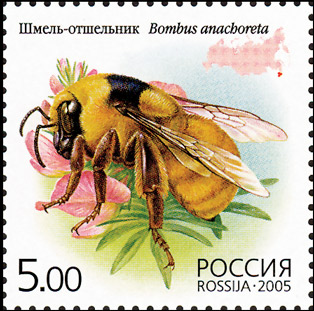A previous study reported by Cresswell et al. (2014) claimed a differential behavioural resilience between spring or summer honey bees (Apis mellifera) and bumble bees (Bombus terrestris) after exposure to syrup contaminated with 125 µg L−1 imidacloprid for 8 days. The authors of that study based their assertion on the lack of body residues and toxic effects in honey bees, whereas bumble bees showed body residues of imidacloprid and impaired locomotion during the exposure. We reproduced the experiments of Cresswell et al. (2014) using winter honey bees and our results differ completely from those reported by those authors. After exposure to syrup contaminated with 125 µg L−1 imidacloprid, honey bees experienced high mortality rates (up to 45%), had body residues of imidacloprid in the range 2.7–5.7 ng g−1 and exhibited abnormal behaviours (restless, apathetic, trembling and falling over) that were significantly different from the controls. There was incomplete clearance of the insecticide during the 10-day exposure period. Our results contrast with the findings reported in the previous study for spring or summer honey bees, but are consistent with the results reported for the other bee species.
Source:
Sánchez-Bayo, F., Belzunces, L. & Bonmatin, JM. Ecotoxicology (2017). https://doi.org/10.1007/s10646-017-1845-9
https://www.researchgate.net/profile/Francisco_Sanchez-Bayo2/publicatio…
Disputed study:
Cresswell JE, Robert F-XL, Florance H, Smirnoff N (2014) Clearance of ingested neonicotinoid pesticide (imidacloprid) in honey bees (Apis mellifera) and bumblebees (Bombus terrestris). Pest Manag Sci 70(2):332–337

- Login om te reageren
